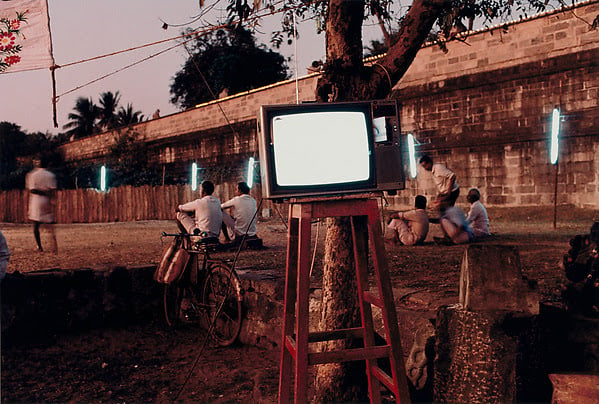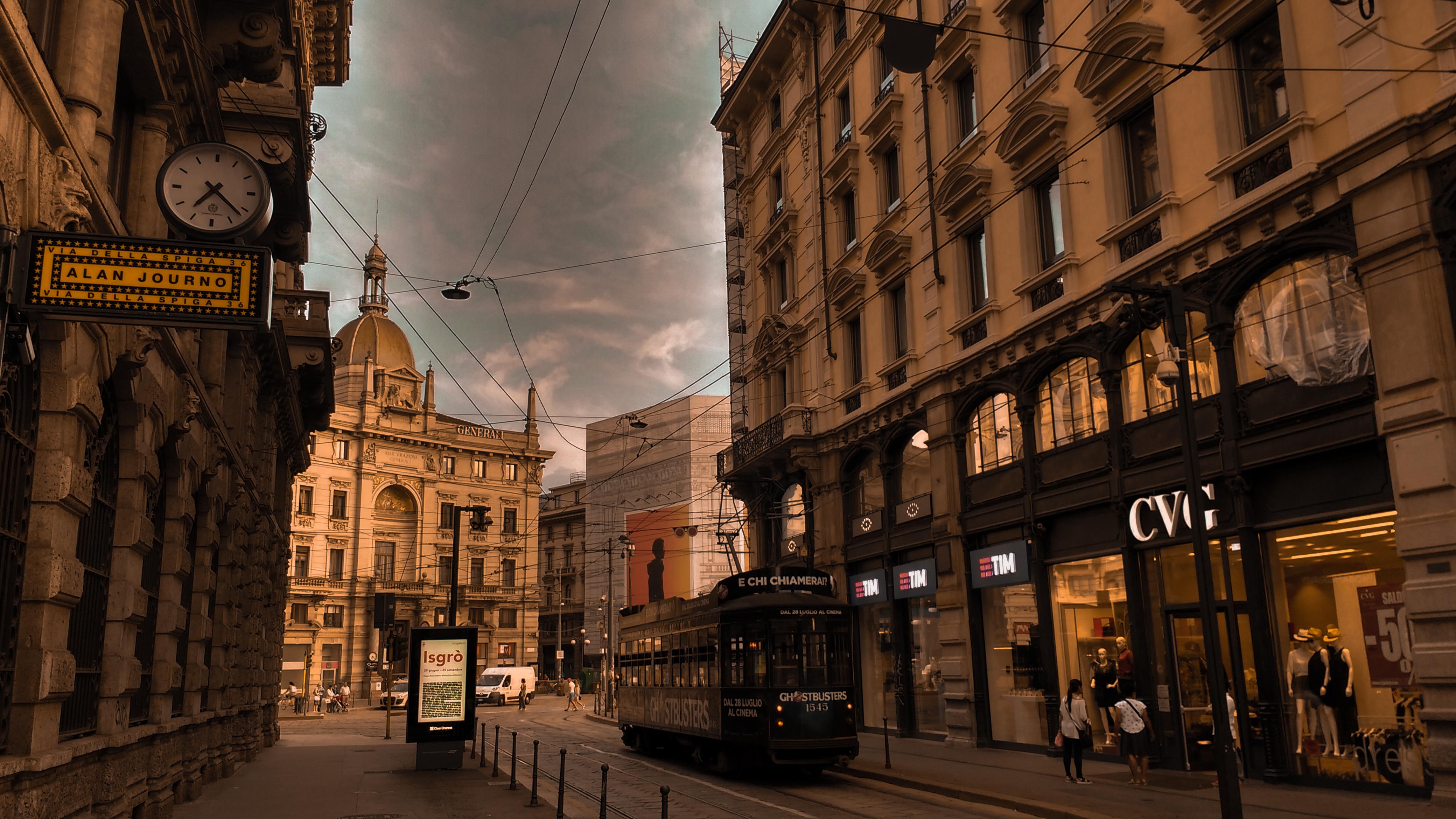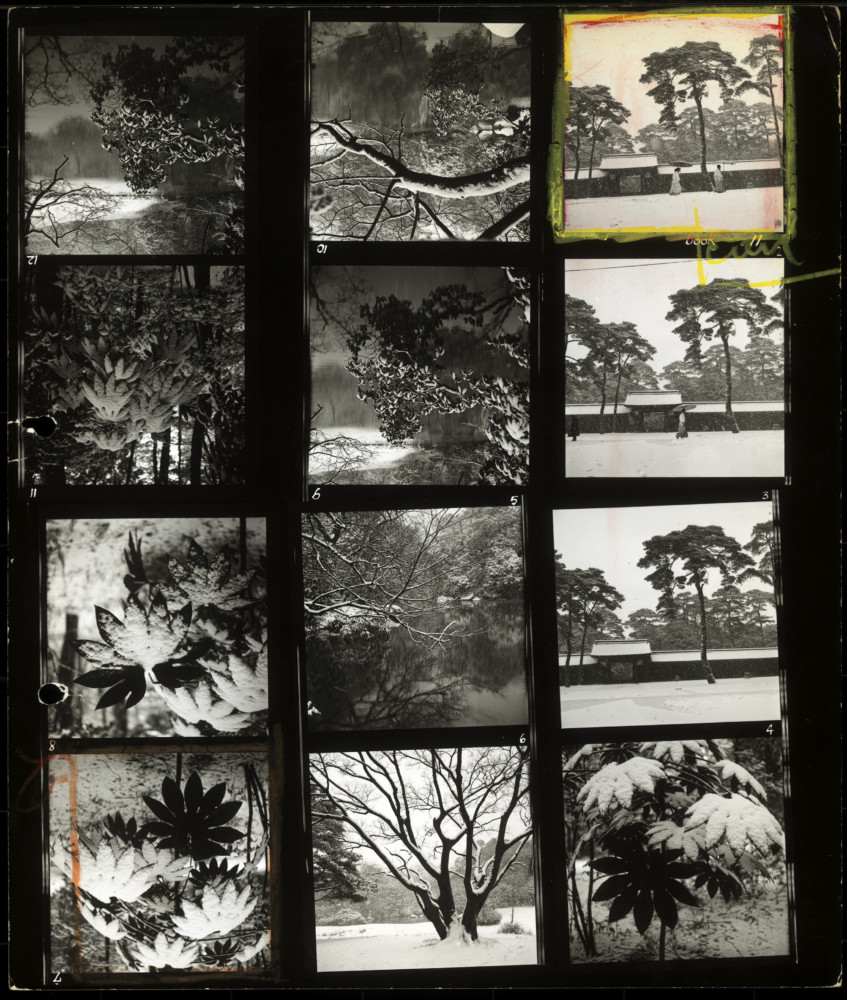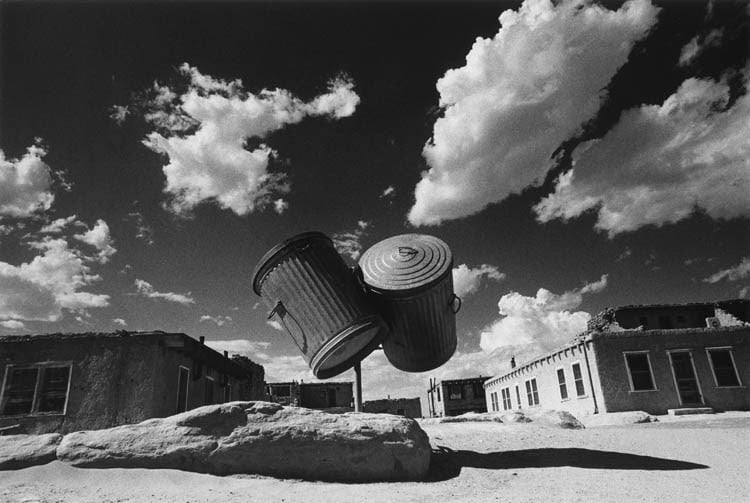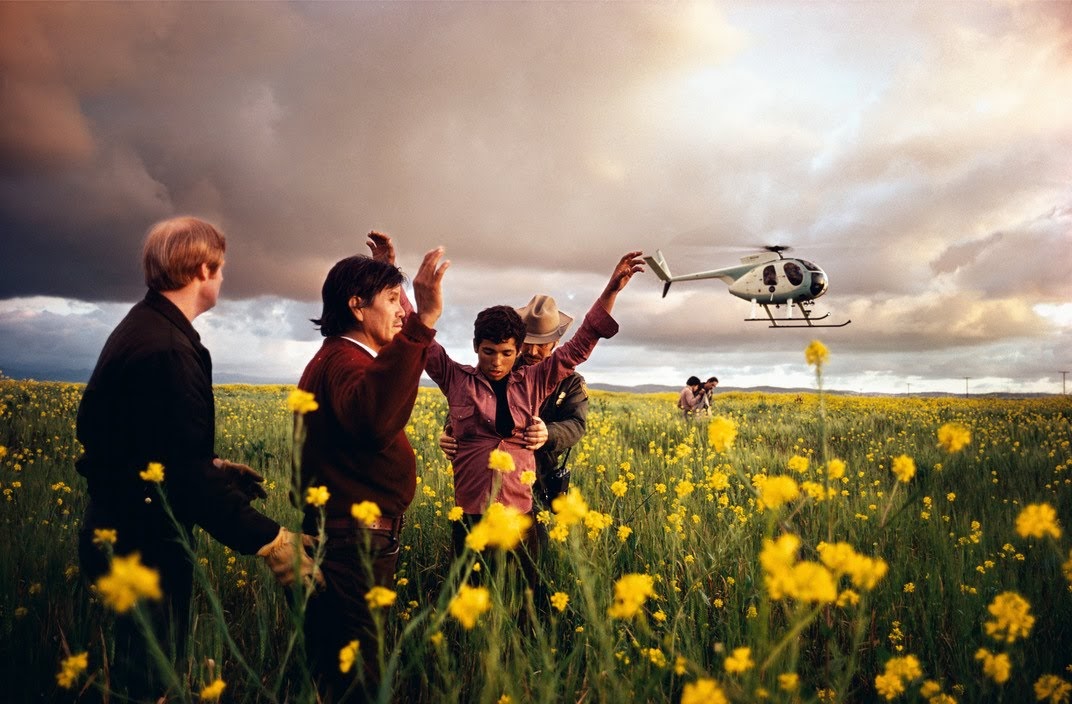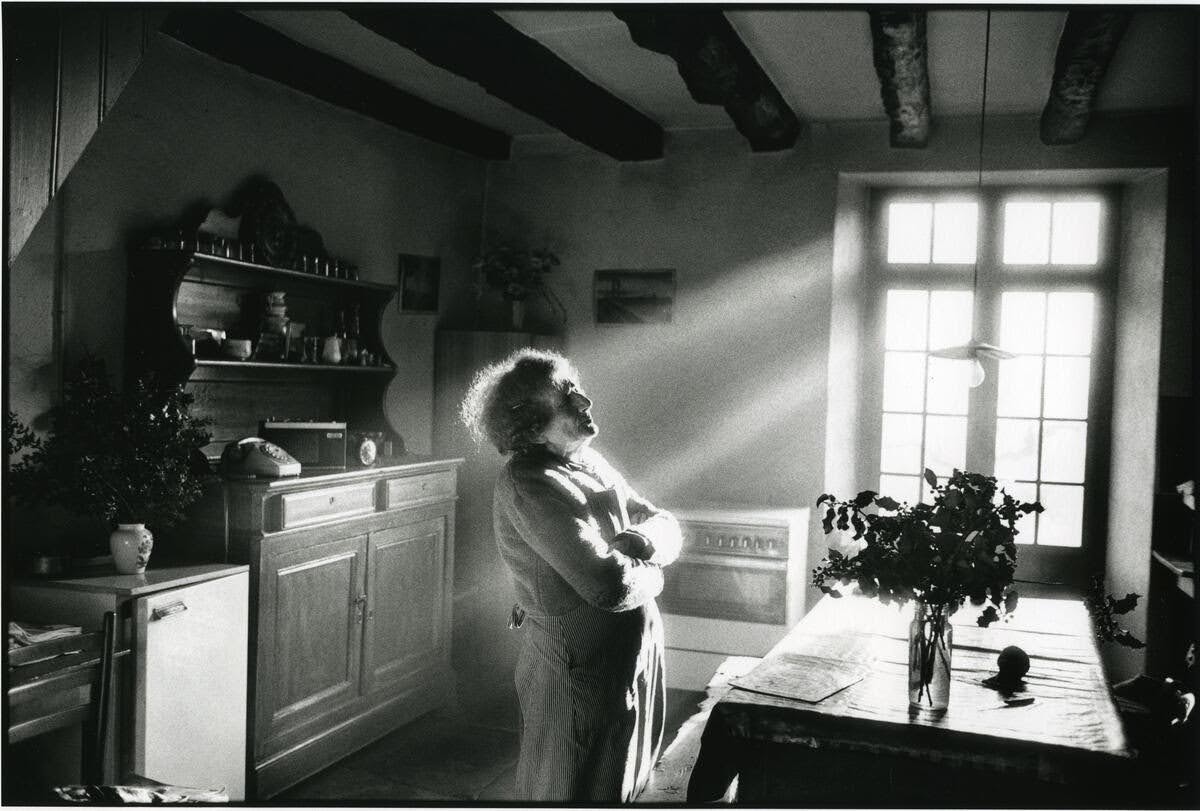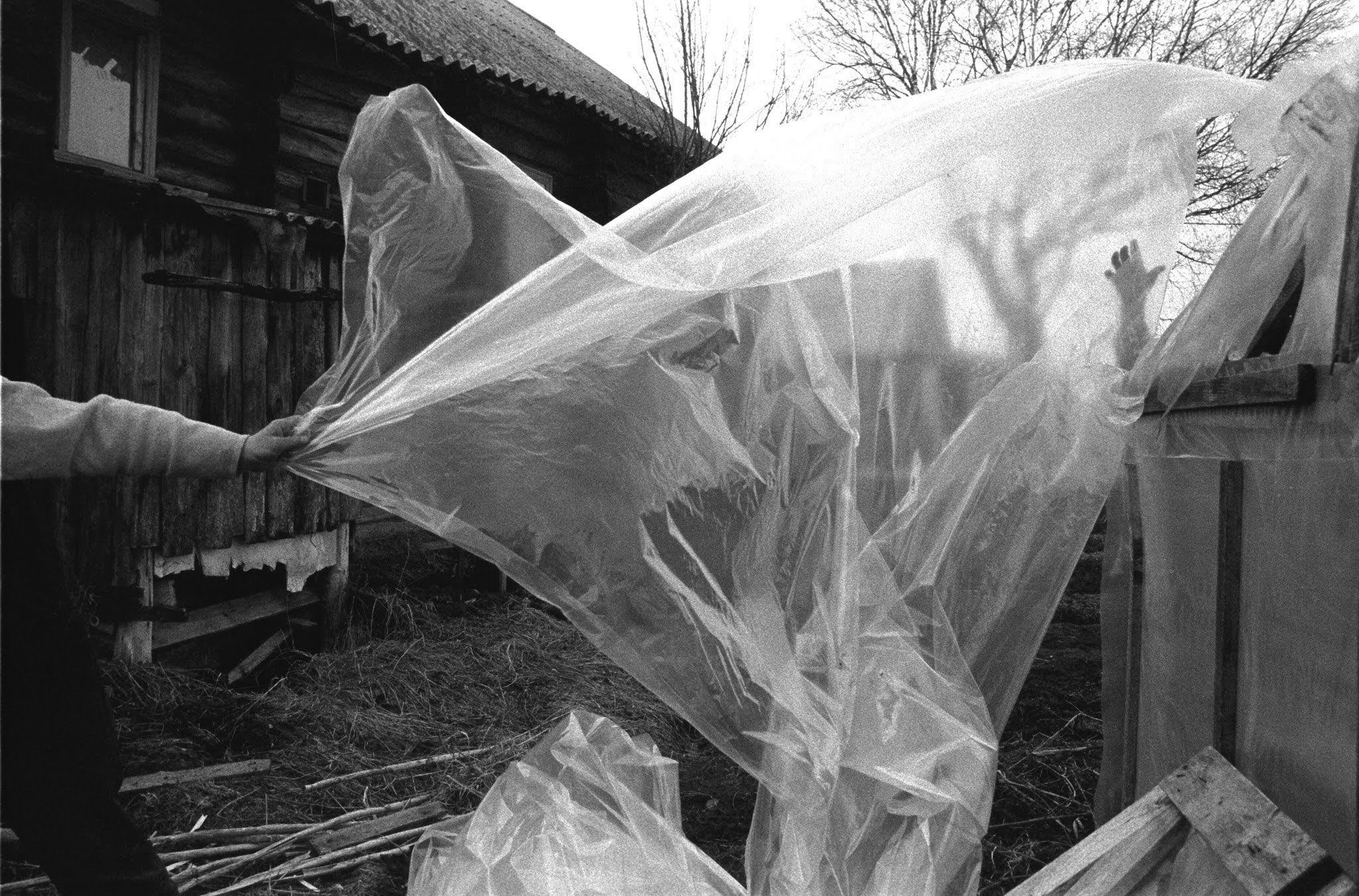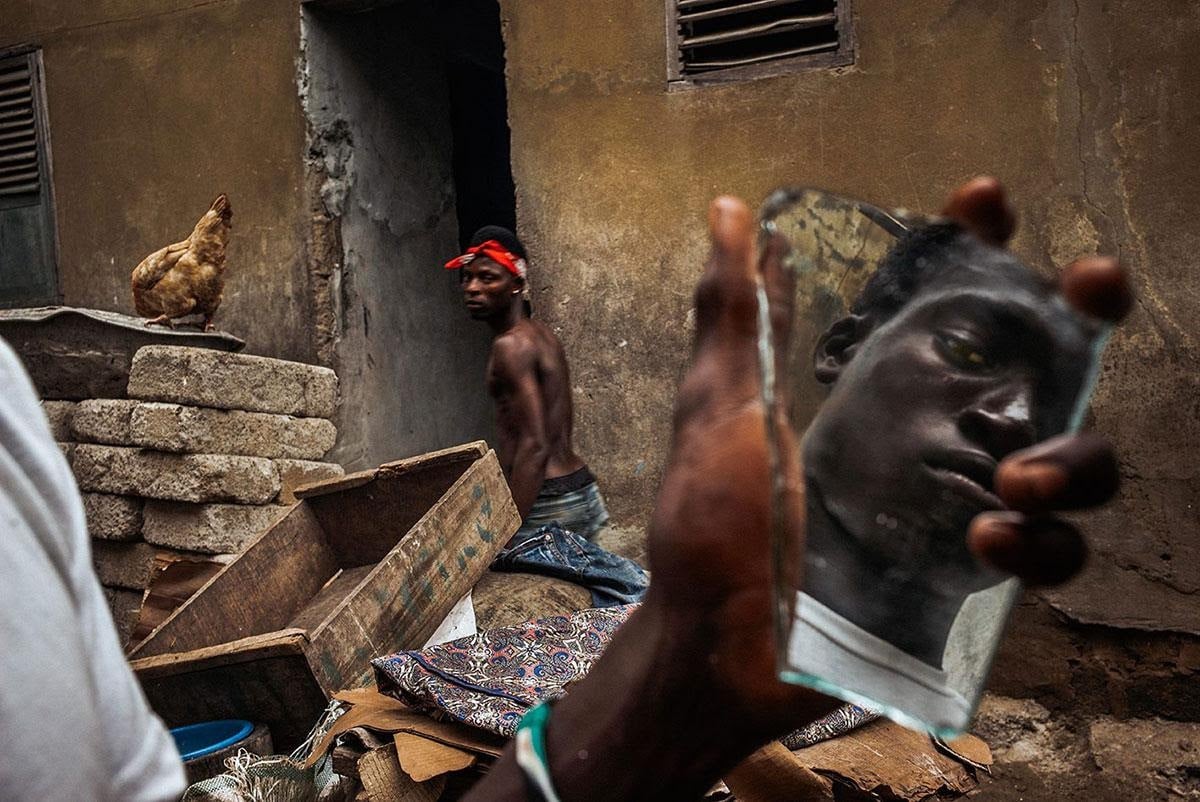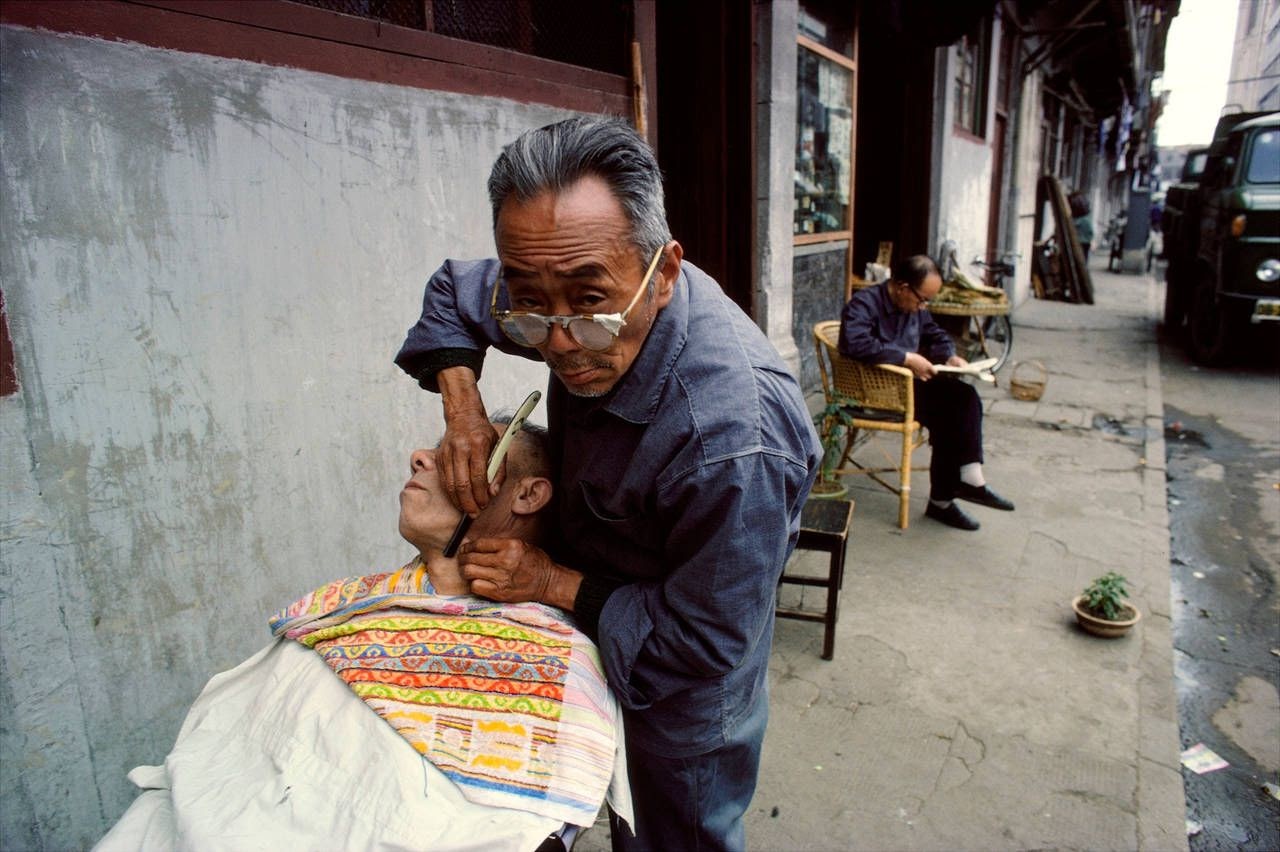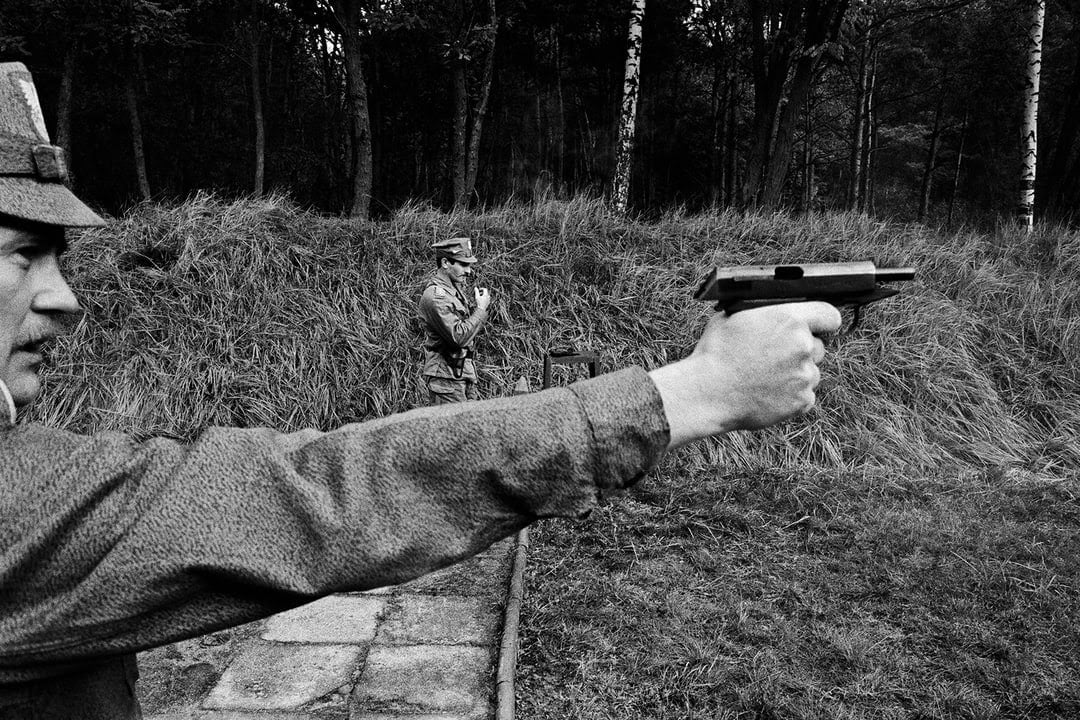I’ve known this picture now for nearly 40 years. It was a sunny day in London in 1974 or 1975 when I walked into a second- hand bookshop on Great Russell Street, along from the British Museum, to find a copy of Tony Ray-Jones’s book A Day Off. It was marked down to £1.50 (the original price was £4.75), so I bought it. I’m not sure if this was my first sight of the picture — there was an Arts Council exhibition of Ray-Jones’s work called The English Seen going round the country at the same time. But the version in the book, the second image in, is the one I return to and have shown in lectures ever since to say something about the decisive moment, traditions in documentary, the English seaside and so on.
Of course, it’s not only the young lovers who make this such a great picture. They are central to the image, but around them are an array of older people, their gazes outward, keen it seems to look anywhere other than at this couple in their midst. It is this refusal of social interaction which makes the picture an acute piece of satire, just as the network of divergent gazes makes it visually so satisfying. Part of my response to the picture has of course to do with my own age and background. I feel I recognise these people — their faces are like the ones that gaze out of my own family album from the period and, as I look, I assign them characters.
The woman at bottom left with glasses and a worried look resembles my Auntie Lil and, in my mind, that is who she becomes. The old man in the flat cap is an archetypal working-class figure, though his check waistcoat, watch chain and tie clip are actually rather dressy. At the top, the boat’s captain fulfils his supporting role as weathered sea dog quite perfectly. The woman below him is another auntie and the placement of her face next to that of the girl — tilted in the same direction yet tense, almost a mask — says much about age and experience.
To the other side of the couple stands a rather gaunt man, taking a drag on his cigarette. Here we are surrounded by all this fresh air and it’s time for a fag; defining him by his action, I call him the ‘ smoking man’. Finally, at bottom right, there is another man, whose neat white shirt and swept-back grey hair l instinctively read as middle rather than working class. He seems to have a contemplative look on his face and l’m struck by his resemblance to the English painter John Piper.
The title as it was given in A Day Off was ‘Scarborough, 1967′. Immediately one imagines the rugged Yorkshire coast off to the left as one simultaneously thinks of hippies in San Francisco with flowers in their hair. (Somewhere out there, Simon and Garfunkel are singing the old English ballad Scarborough Fair’.) All that seems a long way away from the microcosm of this picture, but one of the things going on here (very gently) is a contrast between old English repressions and a newer, younger freedom of thought and action.
Text from Ian Walker, full text here: from: https://the-golden-fleece.co.uk/wp/tony-ray-jones-tripper-boat/

